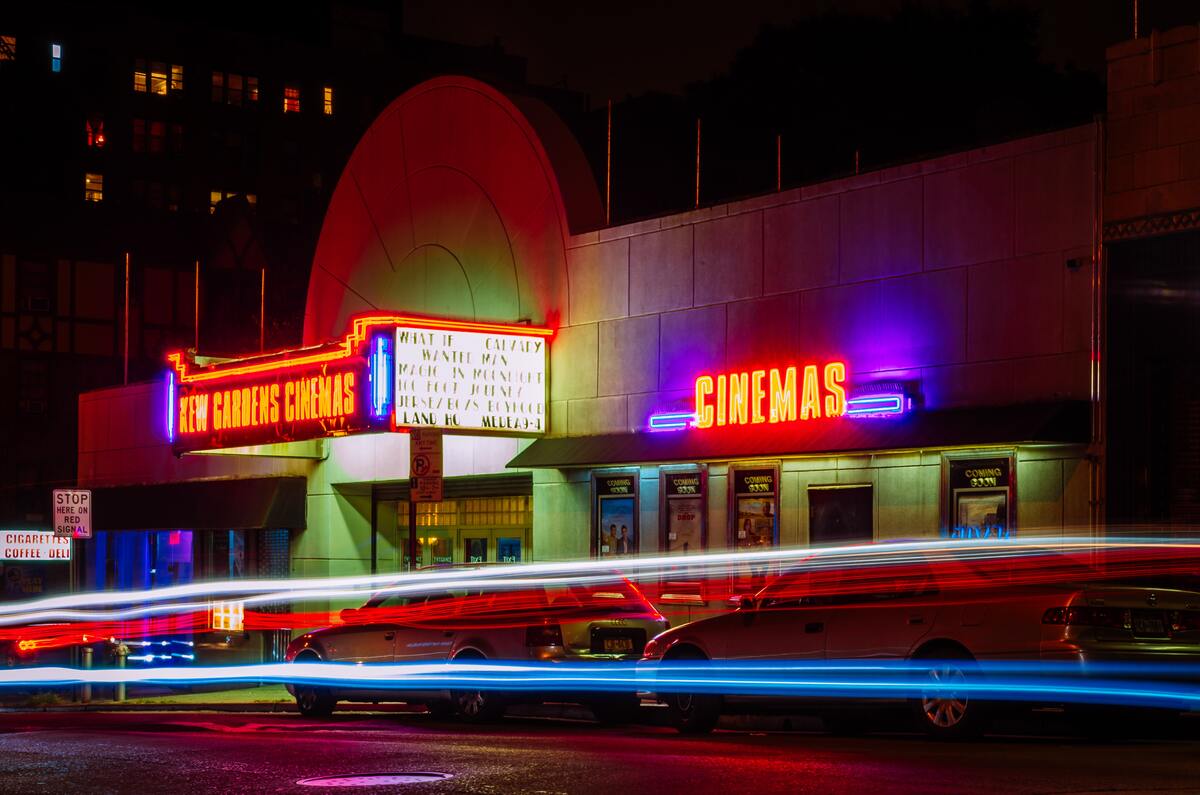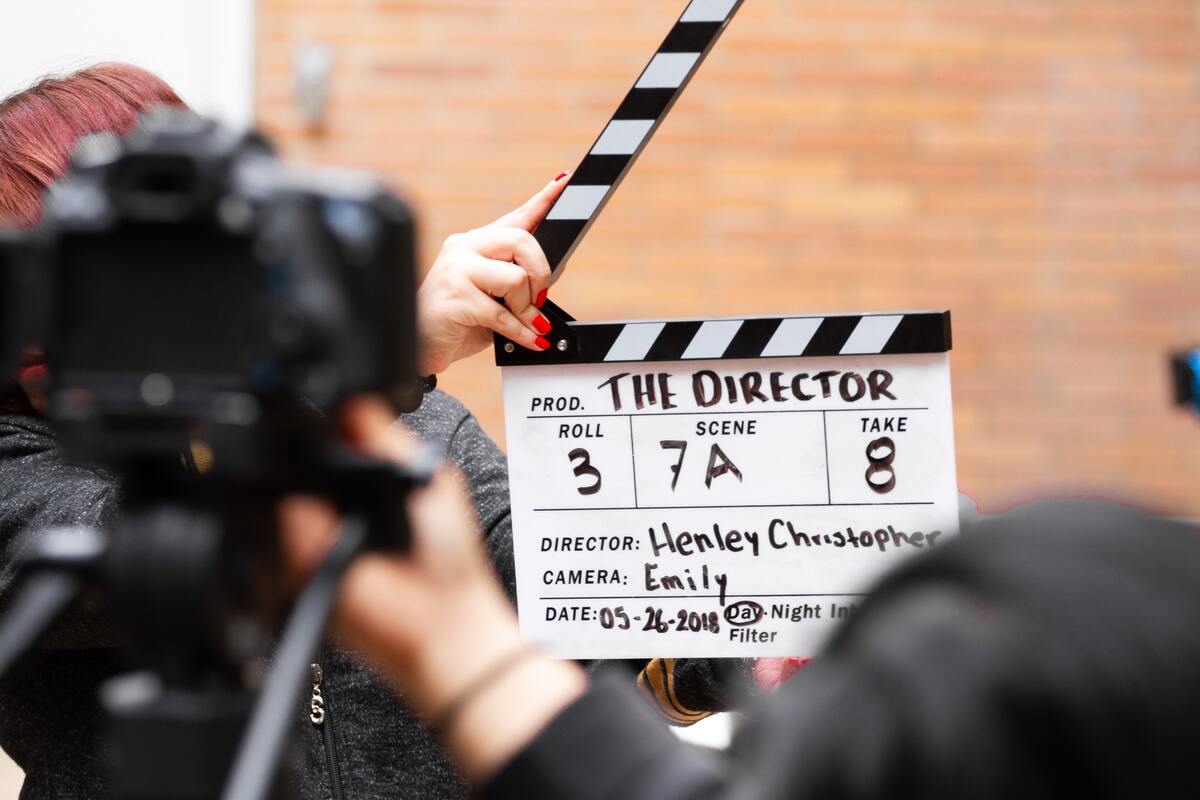Top Picks: 15 of Kubricks' Masterpieces You Need to Watch
Hire film gear from local filmmakers.

Hire film gear from local filmmakers.
Stanley Kubrick was a pure visionary whose films are exemplary in many different genres.
This timeless director has marked genres of sci-fi, horror, erotica, and others. His films are multi-layered and packed with strenuous detail; just when you expect one thing, you are flung helplessly into another.
Here is our highly opinionated ranking of the top 15 Kubrick films.
A Kubrick in the making? Start by learning the fundamentals of filmmaking.

15 of Stanley Kubrick's films ranked:
1. Fear and Desire (1953)
This was Kubrick's first feature debut- he was just 24 when it came out.
It is set during a fictitious war when 4 soldiers crash in a forest just a few miles behind enemy lines. Here, the group must literally confront their fears and desires. He is very critical of it, calling it a "bumbling amateur film exercise."
There are still plenty of Kubrick-style marks here: the Kubrick stare first features during a mid-movie freakout between Mazursky's private and a local woman he's captured.
2. Flying Padre (1951)
This is only a 10-minute human-interest feature about a priest who gets around his enormous New Mexico parish in two-seater airplanes.
It is a decent watch, with beautiful aerial shots and an impressive high-speed reverse track. One of his first shorts, it acts as a stepping stone to his later masterpieces.
3. Day of the Fight (1951)
Kubrick was only 21 when he shot this documentary about boxer Walter Cartier in 1950.
It's small but beautifully done, so it still rates higher than some of his feature pieces.
4. Killer’s Kiss (1955)
Killer's Kiss was Kubrick's second directorial feature. This film really marked him with great promise: How he moved the camera and the stunning compositions for every scene singled him out as a director with style.
The film features a washed-up boxer on his way home, telling the audience about the strange events that happened to him over the past few days. The story is quite simplistic, but this gave Kubrick license to exert his stylistic work.
5. Lolita (1962)
This strangely amusing take on a disturbing novel by Vladimir Nabokov marked Kubrick's dry sensor of humor and ability to market inhumanity.
Lolita is a profoundly uncomfortable novel about a middle-aged, awkward college professor who becomes utterly infatuated with a 14-year-old nymphet.
Kubrick skillfully created both distant and sultry scenes: Confronting some of its sexual taboos. But after that, the movie loses a bit of its spark.

6. Eyes Wide Shut (1999)
Eyes Wide Shut was Kubrick's final message before he passed away. It reveals an artist who is still getting to grips with the complexities of humanity.
Starring Tom Cruise and Nicole Kidman, we follow a doctor as he embarks on a bizarre odyssey after his wife's sexual longings.
This film grips you and transports you to another world- it will stay with you long after you leave the movie theatre.
7. Spartacus (1960)
If you haven't heard of many of Kubrick's films, then this may be one that you might know.
It's famous for its epic line: "I'm Spartacus!" and its blending of Roman and American histories into something for modern screens.
Set in 73BC, we follow the slave Spartacus, his training as a gladiator, and his revolt against the Roman republic.
Its romance scenes are still stiff, and its protagonist lacks depth, but it's still a well-known movie.
8. The Killing (1956)
The Killing often gets lost in Kubricks' other directorial landmarks. However, this is a heist-flick with impressive style and influence.
We follow our protagonist Johnny Clay as he assembles a team to plan and execute a racetrack robbery.
It's straightforward, without any frills or unexpected turns, making it a good standard in Kubrick's armory.
9. Full Metal Jacket (1987)
Sadly it's pretty well known this film is impressive in its first half and suddenly and steeply declines into normalcy after that.
This acts as the second chapter of Kubrick's Vietnam horror story. We follow a U.S. marine observing the effects of the war on recruits, from their boot camp training to street fighting.
For what it's worth, this film is really gripping at showcasing war's brutal and dehumanizing effects. The pre-war sequence is its highlight, but unfortunately, conventionality follows after.
10. Barry Lyndon (1975)
Barry Lyndon is one of Kubrick's strangely underrated masterpieces. It embodies most things that we call 'Kubrickian' today: Rigorous construction, attention to detail, and ambition.
This film very much belongs to its actors- Kubrick constructed his stage for his cast, making sure everything else was gorgeous.

11. Dr. Strangelove or: How I Learned to Stop Worrying and Love the Bomb (1964)
Filmed and released in the heavy middle of the Cold War, Kubrick had to carefully dance around real-world details to create this serious drama.
We follow an insane American general as he orders a nuclear bomb attack on the Soviet Union, which triggers the close possibility of a nuclear holocaust. A room full of generals and politicians must try to stop this before it happens.
Kubrick decided to film this as a dark comedy, and it has gone down in history for its achievements.
12. Paths of Glory (1957)
Paths of Glory is a huge accomplishment since it is one of the few films which truly embodies an anti-war statement.
Set in World War 1, a unity commander in the French forces has to deal with the mutiny of his men and a big-headed general after facing too many blows.
This film celebrates dignity and honor by showcasing that soldiers don't need to give up their lives in war to be considered brave.
13. A Clockwork Orange (1971)
This relentlessly vicious satire shows a society permissive to brutal youth culture and where science and psychology are seen as the best countermeasures against ultraviolence.
Based on the dystopian novel by Anthony Burgess, we follow a sadistic gang leader as he is imprisoned and volunteers for an experimental program. It's a chilling take on a classic novel.
14. The Shining (1980)
The Shining is one of the most well-known and highly-praised horror films.
The mixture of innovative Steadycam shots, unsettling stills, and an eerie soundtrack make for an unforgettable experience.
Some features have fuelled arguments about Kubrick's real intent with the film. His unique use of dissolves layered on top of one another to create composite images or the continuity of errors that pop up in some scenes.
This led to things like The Shining documentary Room 237 by Rodney Ascher. It remains a respected film of coldness, precision, and fear.
15. 2001: A Space Odyssey (1968)
This may seem like an ambitious leap for a classic prediction of the future- but Kubrick and Arthur C. Clarke's vision includes delicate humanity and compassion.
When a black monolith is found on the moon, the initial reaction is that it was intentionally buried there. When the point of origin is confirmed, an expedition is sent to locate its source. More than anything, this film asks why we do what we do.
Why, against so many oppositional forces, do we push past the fringes of all we know and all we ever need to know?
Kubrick's masterpiece shows us that humanity will always be the navigators of our own destiny.

Explore more famous film directors
Eager to explore some more of your favorite director's work?
Discover some of the biggest and most respected names on the screen. Explore some of history's most acclaimed movie directors.
How many films did Kubrick make?
Throughout his career, Kubrick directed 13 feature films and 3 short documentaries.
Who funded Stanley Kubrick’s films?
For many of his early features, Kubrick borrowed money from friends and family to fund them.
Which five Stanley Kubrick films won Oscars?
Dr. Strangelove, 2001: A Space Odyssey, A Clockwork Orange, Barry Lyndon, and Full Metal Jacket were all nominated for Oscars. However, only 2001: A Space Odyssey won one for Best Special Visual Effects.
What is Kubrick’s best movie?
Kubrick’s best movie will always be debated, and it’s a matter of opinion and taste! Many sources cite The Shining, Dr. Strangelove, or 2001: A Space Odyssey as his best directorial performance






















